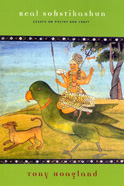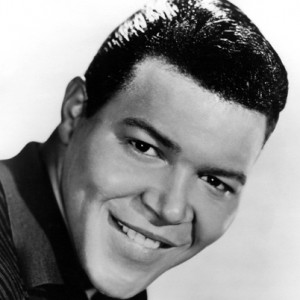 I have been rereading Tony Hoagland’s essays on poetry, called real sofistikashun. I’ve quoted from his poetry before. It’s a wonderfully readable book: lucid, insightful, and packed with analysis that actually illuminates what it discusses. I read it a few years ago, but it was during a bad time for me, and I didn’t absorb much. Then I loaned it to a friend, forgot about it, and recently got it back. It’s almost as if I never read it. (The benefit of failing memory, as Larry says, is that you can hide your own Easter eggs.)
I have been rereading Tony Hoagland’s essays on poetry, called real sofistikashun. I’ve quoted from his poetry before. It’s a wonderfully readable book: lucid, insightful, and packed with analysis that actually illuminates what it discusses. I read it a few years ago, but it was during a bad time for me, and I didn’t absorb much. Then I loaned it to a friend, forgot about it, and recently got it back. It’s almost as if I never read it. (The benefit of failing memory, as Larry says, is that you can hide your own Easter eggs.)
Here’s the passage that opens the chapter on metaphor:
“There is something irreconcilably, neurologically primal about the act of metaphor. This primal wildness conceals it from us. Of the hinterlands of the gray matter, where metaphors roam free, our data is all rumor, conjecture, and anecdote. Because metaphorical speech is such a commonplace, because almost anyone can and does produce metaphor on a daily basis, we assume that it is scrutable. Because it is a mental process, because it takes place in our own heads (on our property), because it leaves our own authorial lips, we assume we know something of its workings. But we do not. Invariably, the only adequate way to describe the metaphorical event is by another metaphor. It’s a mystery hand going into a black mystery box. The head says, “Fetch me a metaphor, hand,” and the hand disappears under a cloth. A moment later, the hand reappears, metaphor on its extend palm. But despite the spontaneity and ease of this event, we have only a vague idea of where the image came from. In fact, we don’t know. And neither does the hand.”
